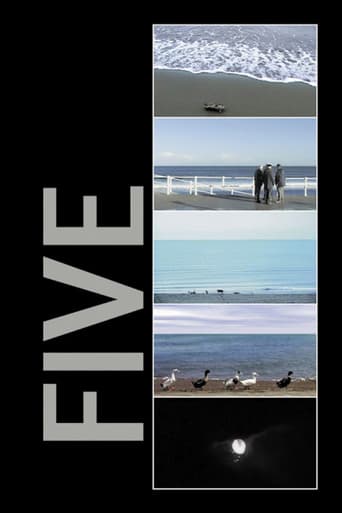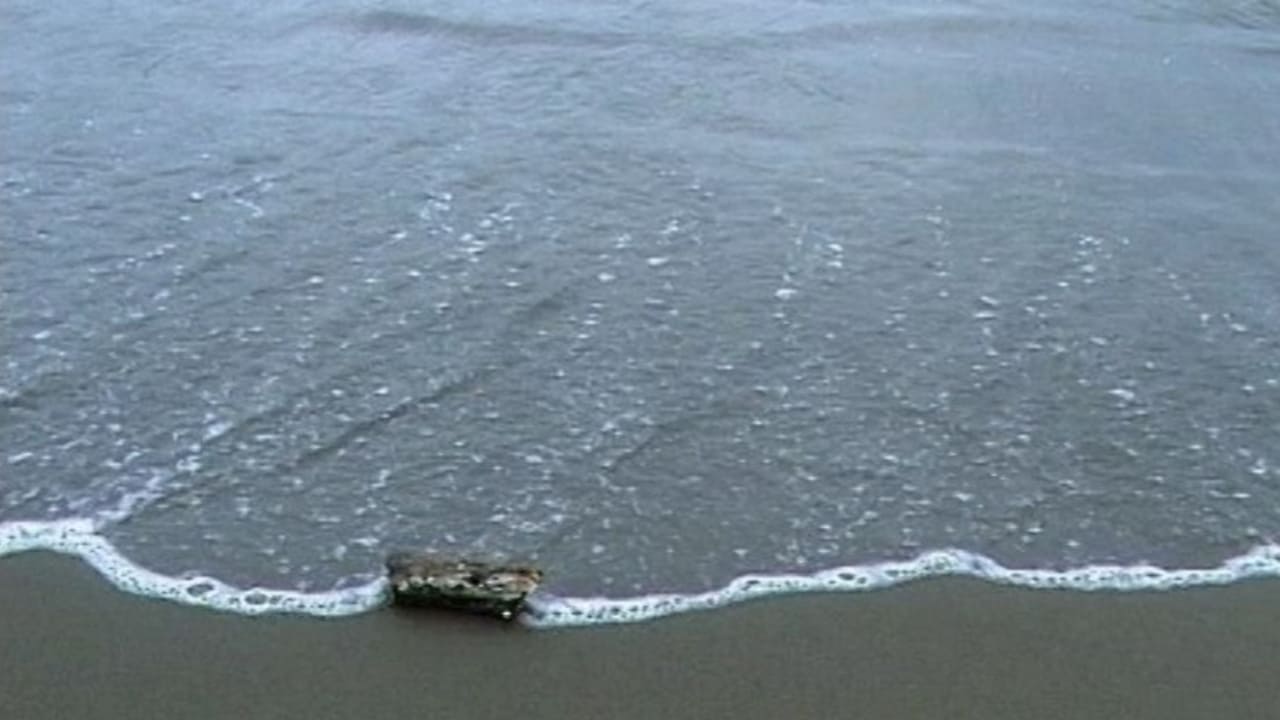jbright-4
No-one so far has tackled the awkward question: what has this to do with Ozu? By using the great man's name in his title, this director has invoked certain expectations which he comes nowhere near to fulfilling. Where is Ozu's social commentary, his humour? Ozu was strongly motivated by telling stories: about post-war Japan; about troubled youth; about generational change. Kiarostami in his own words has said that he doesn't believe in narrative cinema. Let's move on. How can leaving scene composition to luck compare to the strictly composited (one might even say 'Japanese') cinematography of Ozu? Experimental, yes, creative in any true sense, no.Ozu used fixed camera positions and arranged his actors deliberately and aesthetically, also he invented a tatami-level eye view, intensely personal. Kiarostami has employed static cameras for his audio/visual experiments (without being overly inventive). There the similarity ends. Hardly worthy to be called a tribute, a bit of coattail riding perhaps?
Ash512
Five is by far Kiarostami's most perfected film. His art has reached a level of maturity that very few directors can ever dream of reaching. This is what minimalism really is : saying nothing yet expressing everything.In a nutshell, Five is an experience for the sight. There is a strong narrative in every shots. Suspense is created from these Deleuzian pure optical/aural situations, you watch every wave hit the shore and suddenly your mind awakes. All of the elements of narrative films is right there, albeit being in their most absolute minimal form : suspense, tension, relief.Five, unlike Hollywood films, works only if the viewer submits himself entirely to the experience. It takes cinema back to its very beginning : unipunctual "views", like Lumière films. One might argued that it's a film about cinema in many ways. Five is actually a very entertaining film, as long as you walk in open minded and keep your brain active. Food for thoughts.
Nima Behnoud
No story-line which is OK, no Plot which is OK, no dialog which is again OK - NO concept! which is NOT auk. Many people have argued that this film has therapeutic and meditative qualities rather than entertaining! Really? would you like to sit in the theater chair with 200 other people around you and try meditate? There are five long shots of Beach, Ducks, Moon, blank screen and each stay for about 10-20 minutes with some background sounds. It's dedicated to Ozu and I think it's similar to Ozu's work as far as LOOK but definitely not similar as far as concept and storyline. I happen to love kiarostami's Taste of cherry, and slowly starting to wonder if he is being maybe alittle pretentious about certain things! Maybe!
sprengerguido
SPOILER ALERT! Nah, just kiddin'... There's no plot here anyway. Well, I seriously think the world would be better if there were more films that show nothing but landscape. Of course you need some formal twist or concept to turn it into art. And Kiarostami does this: Even in this film, with its five long takes and no dialogue, he manages to address some of his central concerns: What is "real" and what is "directed"? Where does the director come in? So each shot makes artistic decisions - like to fix the camera on a small piece of wood that broke off of the larger piece of driftwood, until the letter moves outside the frame. Or the seaside avenue: As soon as the four old men gather, no other passersby appear, although there have been many before - was that arranged by the director? The take with the dogs fades out into white very very slowly... Then: Ducks. Many ducks! Walking to and fro. This is comedy! Ducks are funny beasts, anyway. And their footsteps are dubbed: As Tati once remarked, legwork is the clue to good comedy. Then, Kiarostami cheats in the last shot: This is edited. True, the moon on the water is wonderful, and Kiarostami is right in showing it for half an hour. But there is also a rainstorm, and in the end, after a cock's call, it becomes light in undue haste - everybody who ever spent a night outdoors knows it's not that neat. But well... It's still wonderful. Only the Betacam quality of the images is a bit off-putting; HD would have been more effective.


 AD
AD

